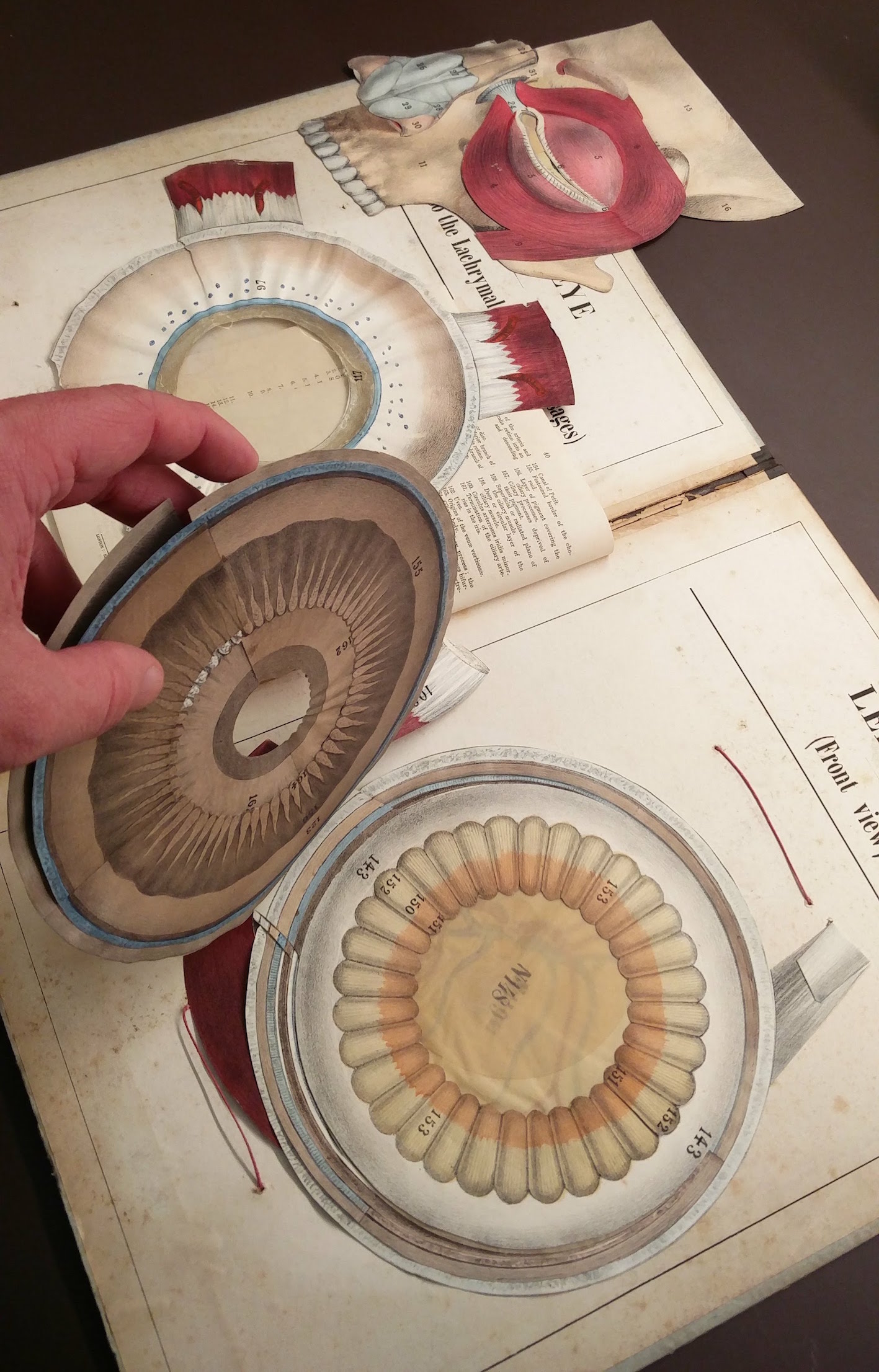Two joyful apes play their musical instruments on a horseback. One handles a tambourine, while the other blows in her bagpipe. The scene takes place under a rounded arch underpropped by a beam, to which both the apes are appended, the first by her left arm and the second by her legs. Having a closer look, we can notice a small piece of paper placed on the surface of the sheet, a detail which instantly attracts our attention. We want to touch it and find out what it is. We realise that the little piece of paper is pinned to the page and can be easily rotated. Turning it of 90 degrees, the scene suddenly changes: the tambourine player now fluctuates in the air suspended with her left arm and legs on the beam, while the bagpiper bends back on the horse playing her instrument. Responding to the wordless invitation to interact with the object, and moved by spontaneous curiosity, we activated a change in the image, self-provoking our consequent amusement.
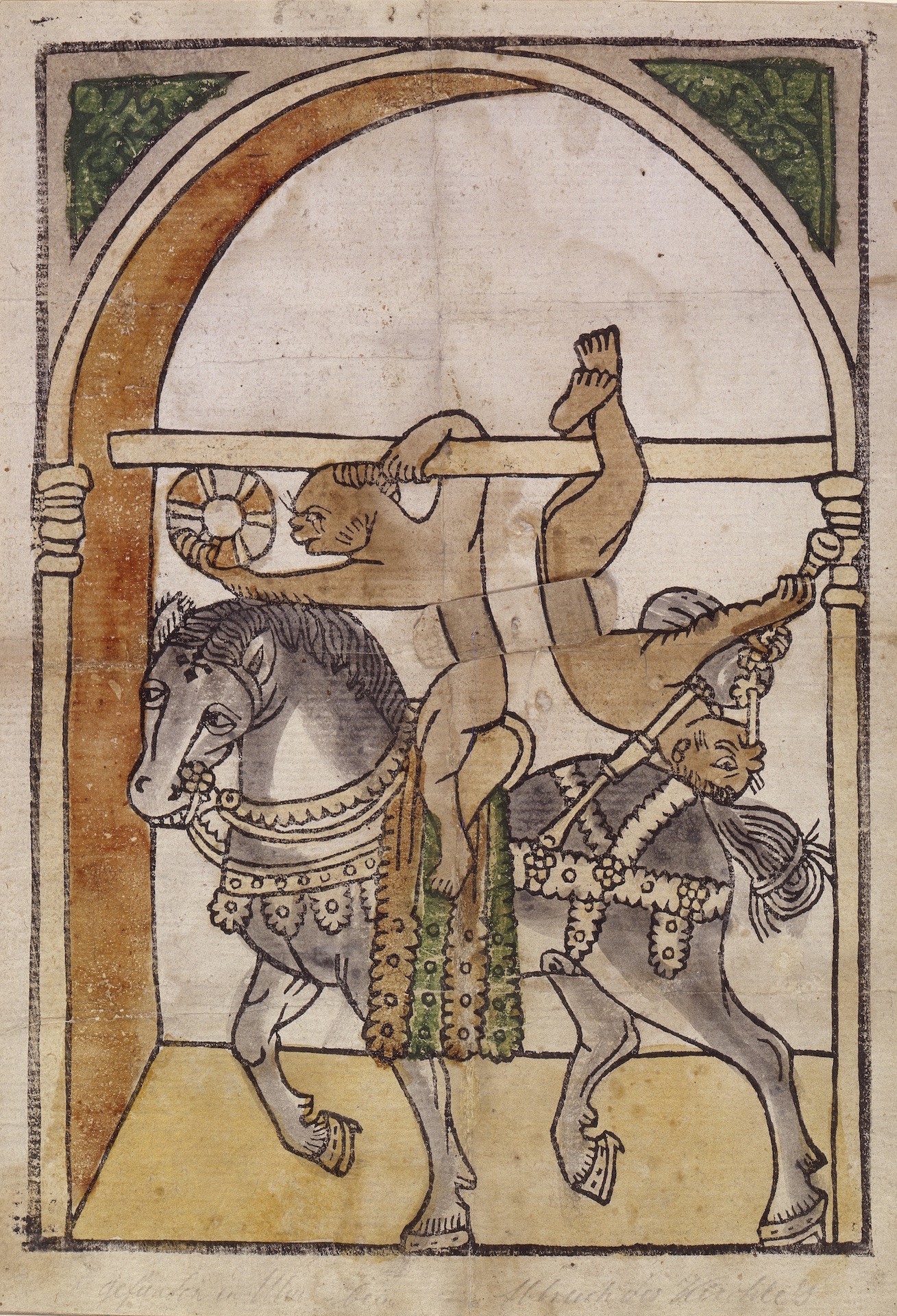
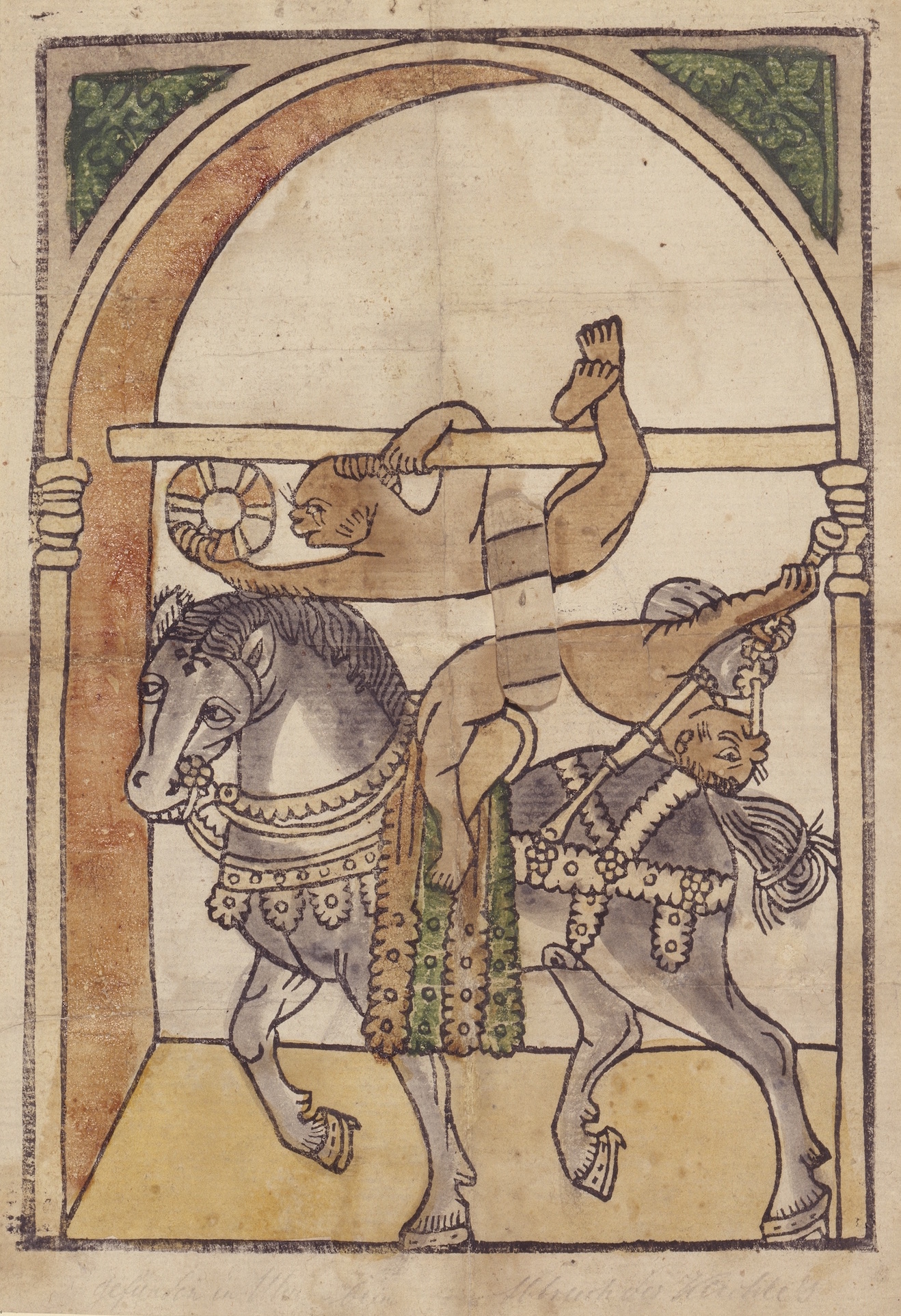
As pointed out by Suzanne Karr Schmidt in her recent monograph Interactive and Sculptural Printmaking in the Renaissance (Leiden: Brill, 2018), this is an early example of printed volvelle. It is one among various interactive devices experimented by Renaissance publishers in order to explore new ways of representing three-dimensional objects or – like in the case of our cheery apes – to simulate some kind of movement on the flat and static surface of a page. Karr Schmidt offers a census of such devices also in earlier manuscripts, confirming that these were practices already experimented in the pre-printing world. Our woodcut possibly predates the introduction of moveable types, implying that such elements of interaction and experimentation were one among the many structural components at play in the process of invention and development of the printed book as we know it today.
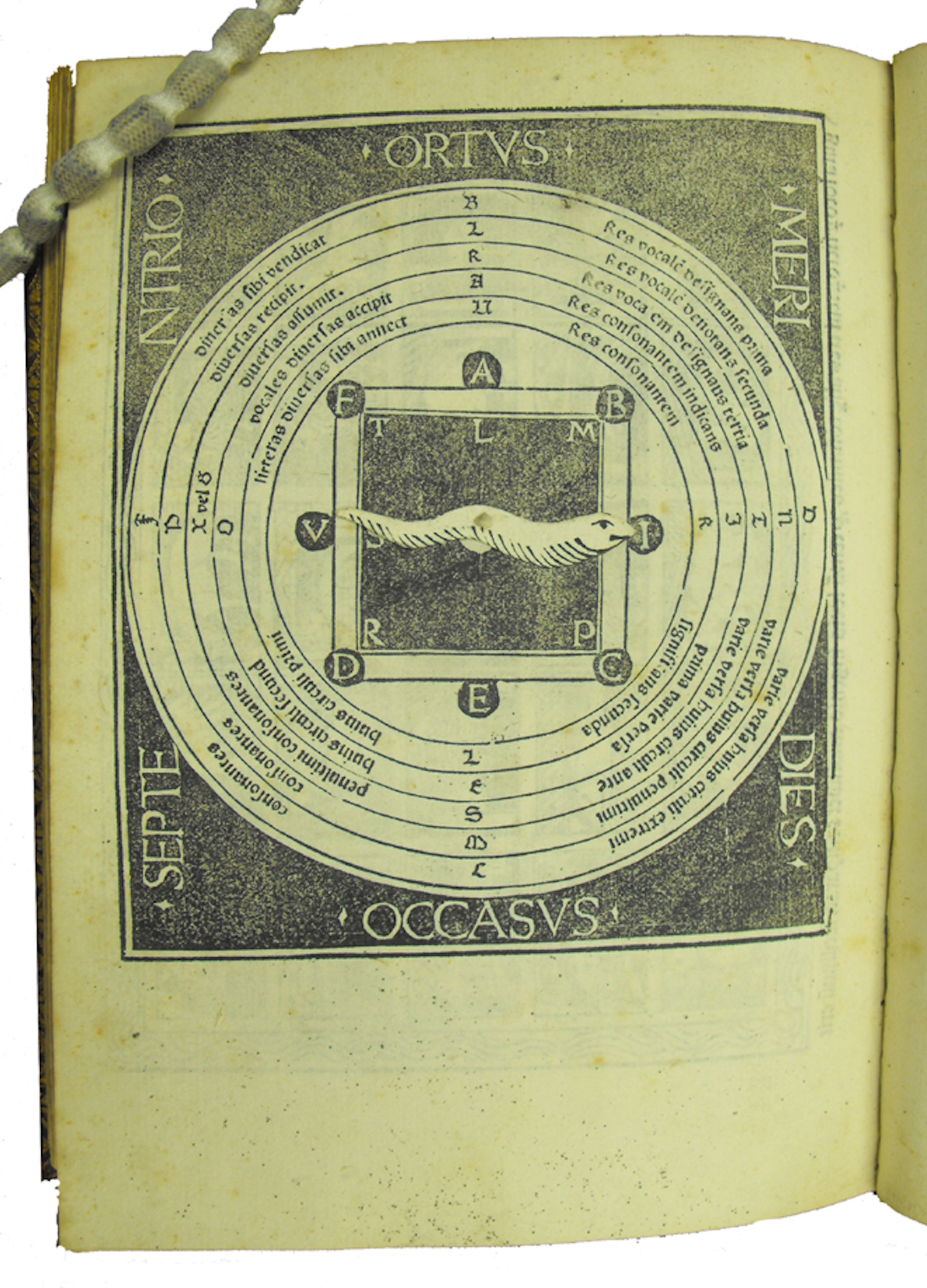
Interactive devices started to populate pamphlets, fugitive sheets, and pages of books produced all over Europe during the fifteenth and sixteenth centuries. Soon they were adopted as a means of study and knowledge of the world. Paper tools were continuously perfected and used to invite the readers to take part in explorations and discoveries within the human body, to envision and predict the movements of the heavenly spheres in the sky over their heads, to visualise celestial and terrestrial globes so to understand the world around them, or to grasp the complexities of elaborated three-dimensional geometrical shapes. Moveable devices were also used to support devotional and religious practices, and played an important role in social satire and criticism of religious or secular power. New ways of representing the world at the readers’ fingertips.
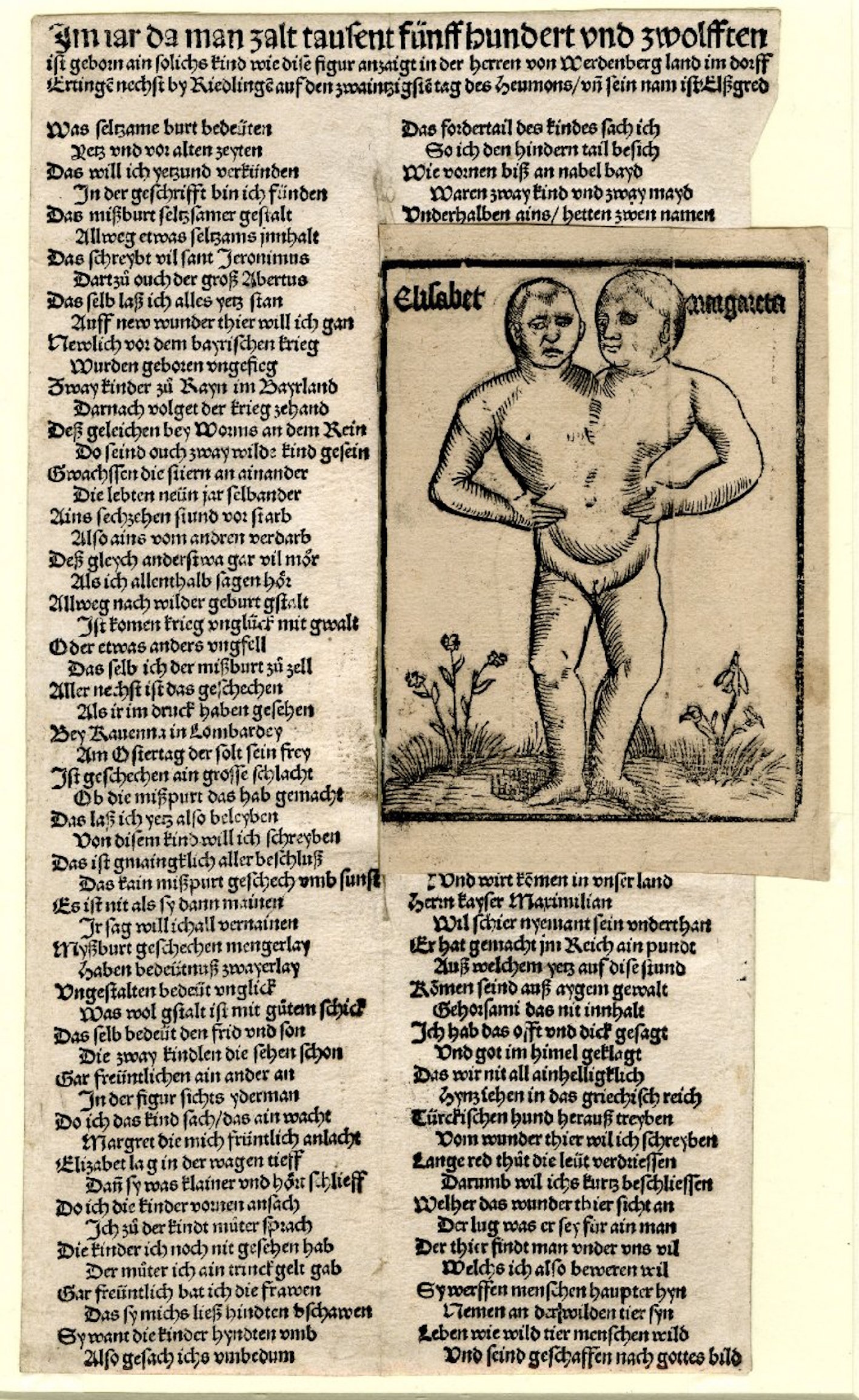
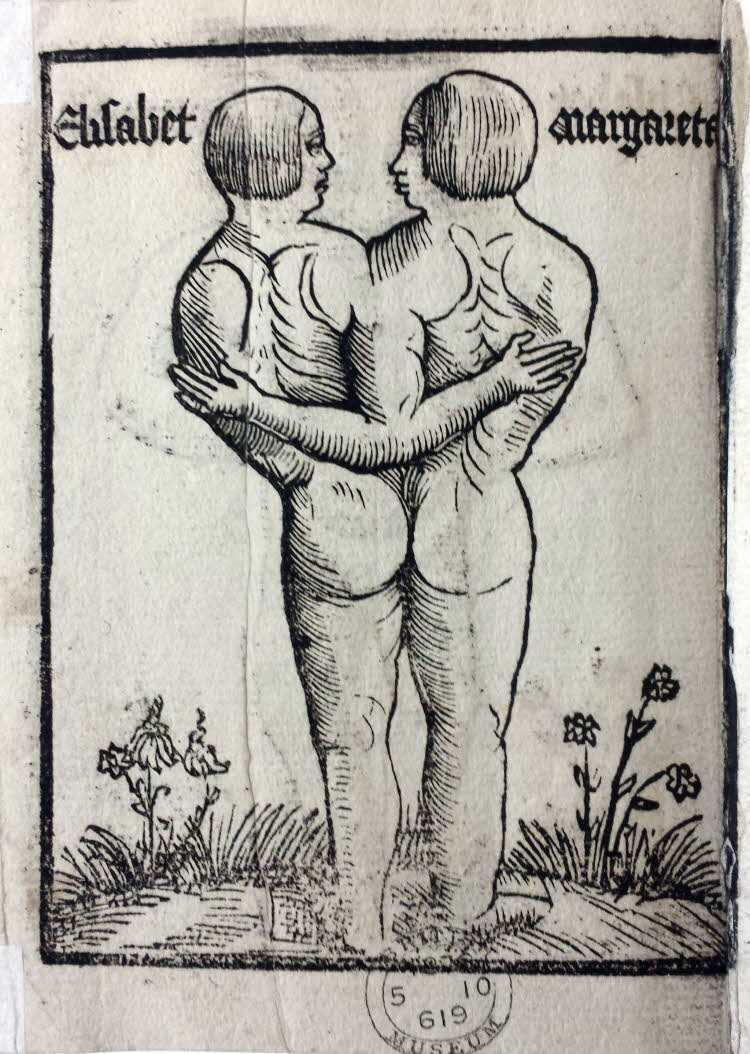
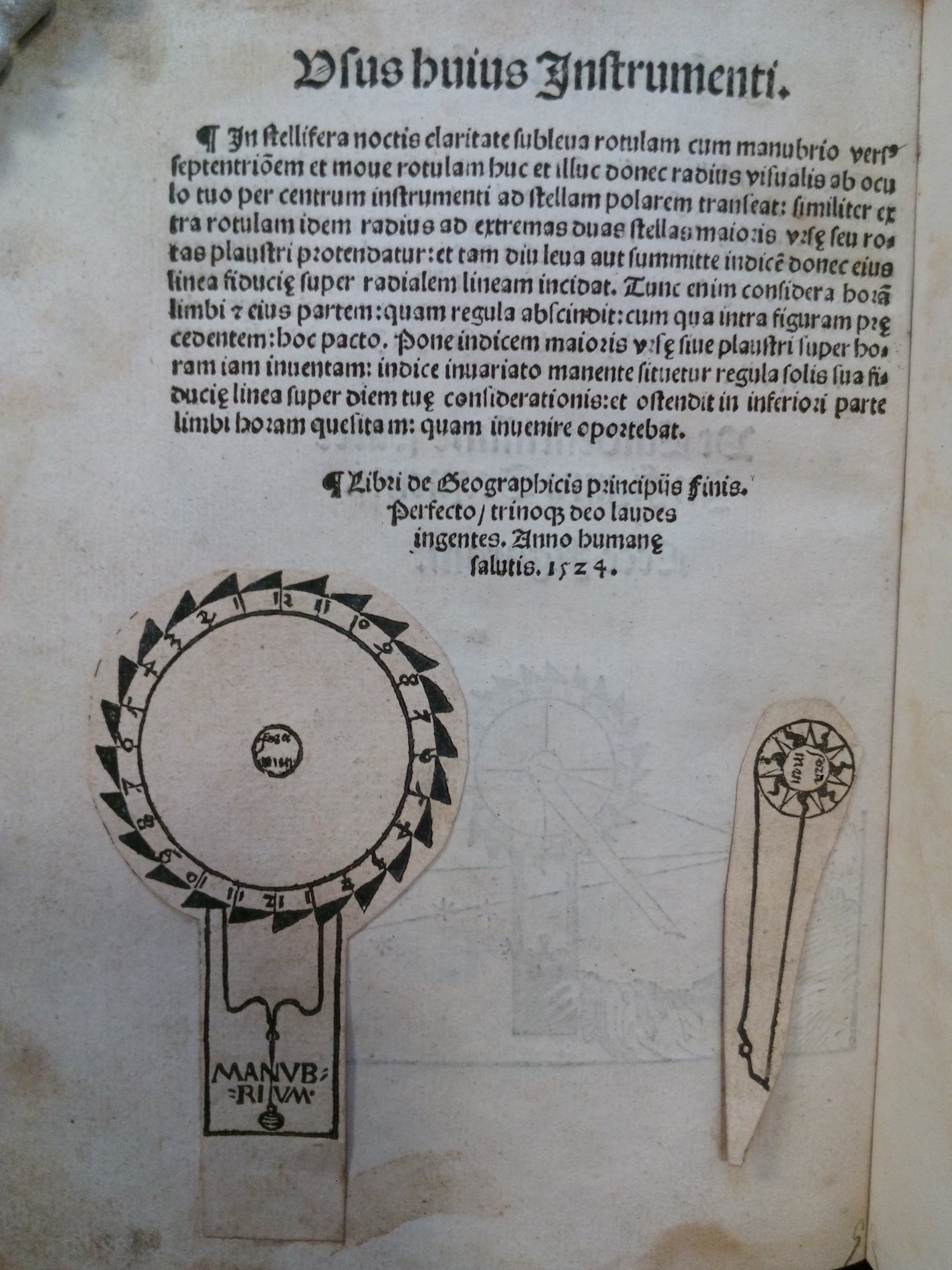
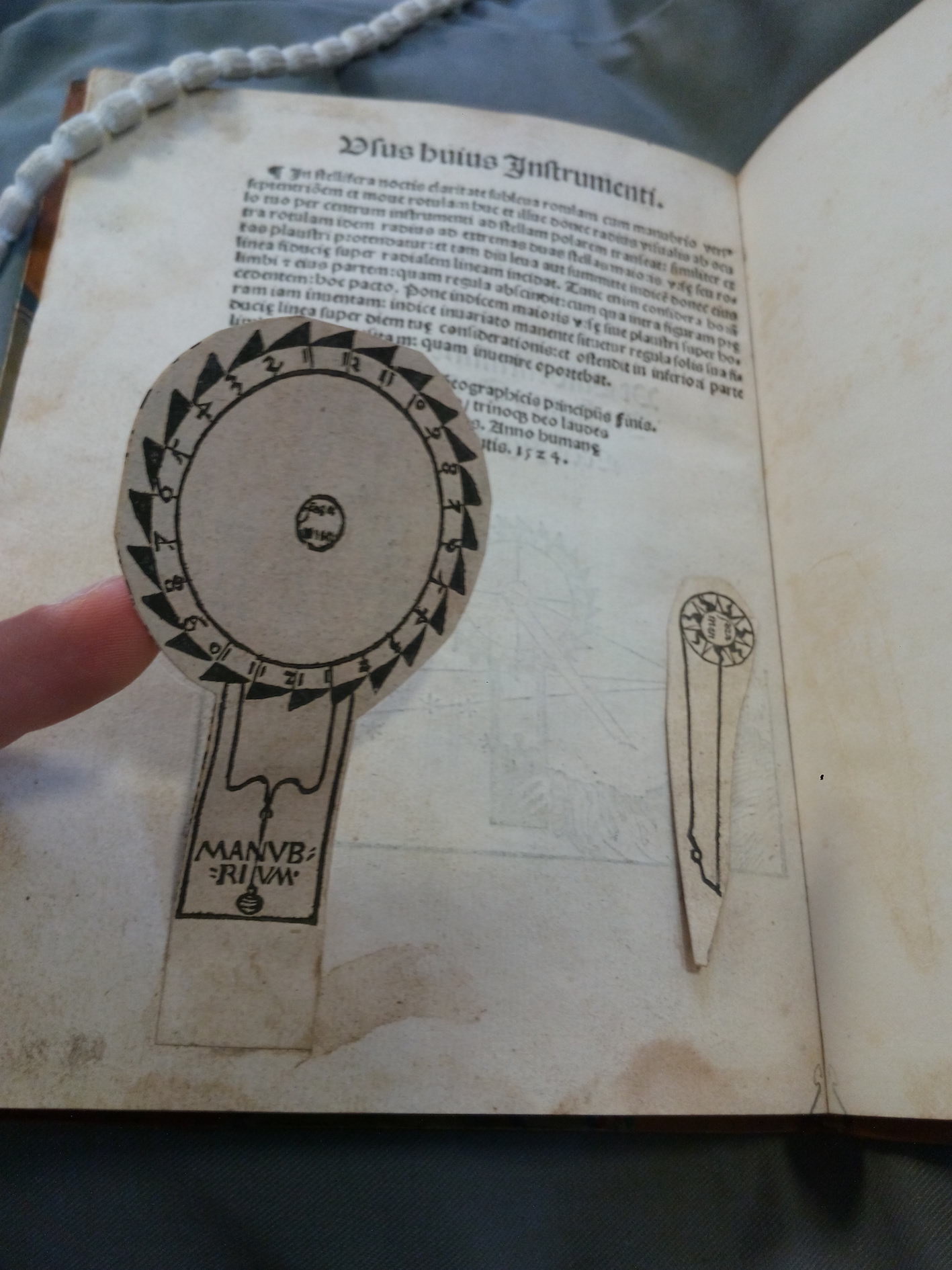
Using these tools, the readers were incited to imagine and interact with extremely complex and elaborated three-dimensional settings. At the same time, rotating or lifting the various components, they were able to grasp the complicated relationships incurring among the individual elements in ways which wouldn’t have been possible without those little pieces of paper glued or pinned to the pages of their books.
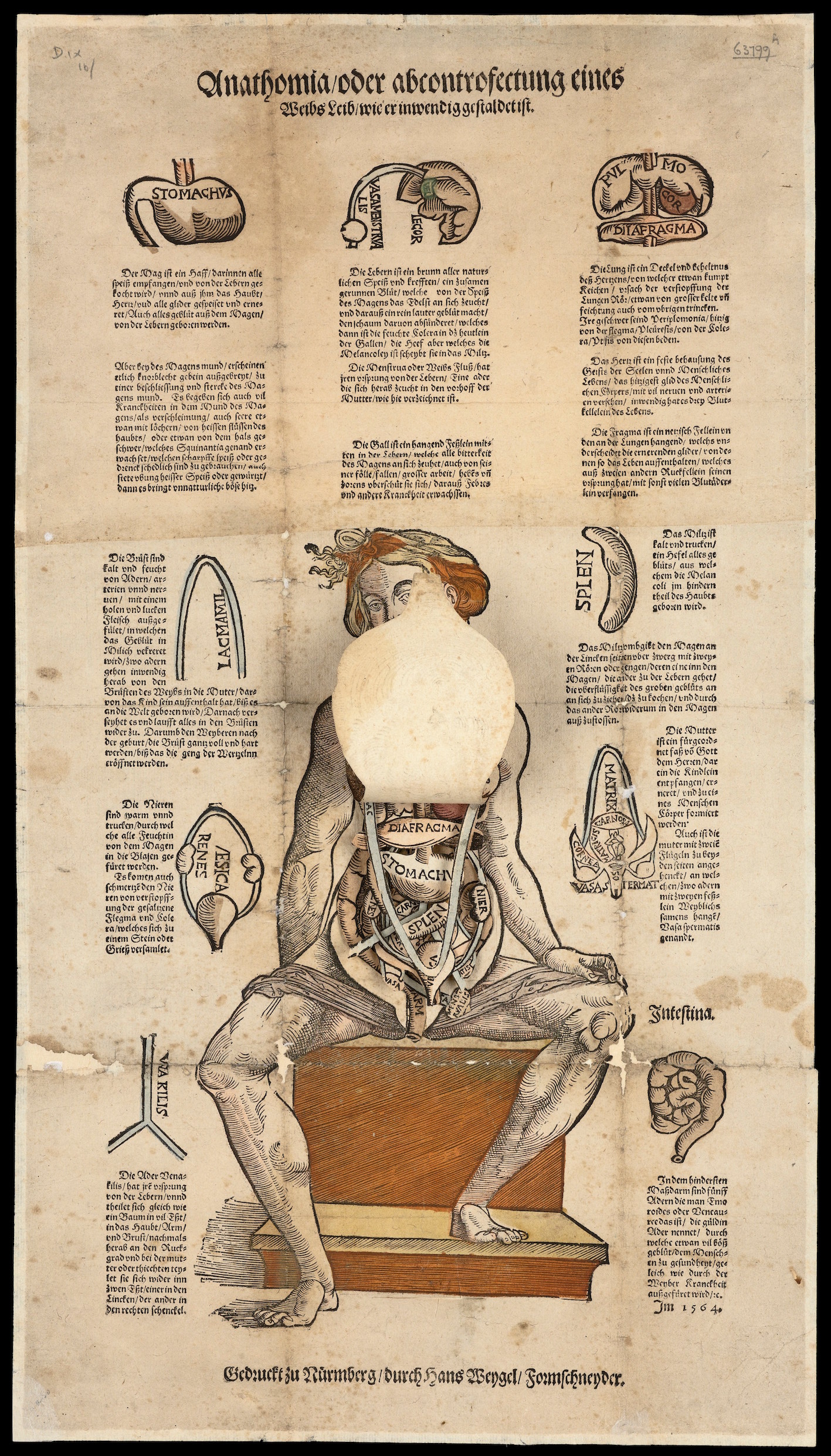
In the same period, the study of perspective and truthful representation of spatial recession was perfected – thanks first and foremost to the work of Leon Battista Alberti (1404-72) and Piero della Francesca (1416-92), and the developments implemented by artists of the calibre of Leonardo da Vinci (1452-1519) and Albrecht Dürer (1471-1528). The juxtaposition of different layers of paper, and the interactivity resulting by their presence, though, stimulated the readers in ways in which their accurate yet abstract geometrical constructions were not able to do.
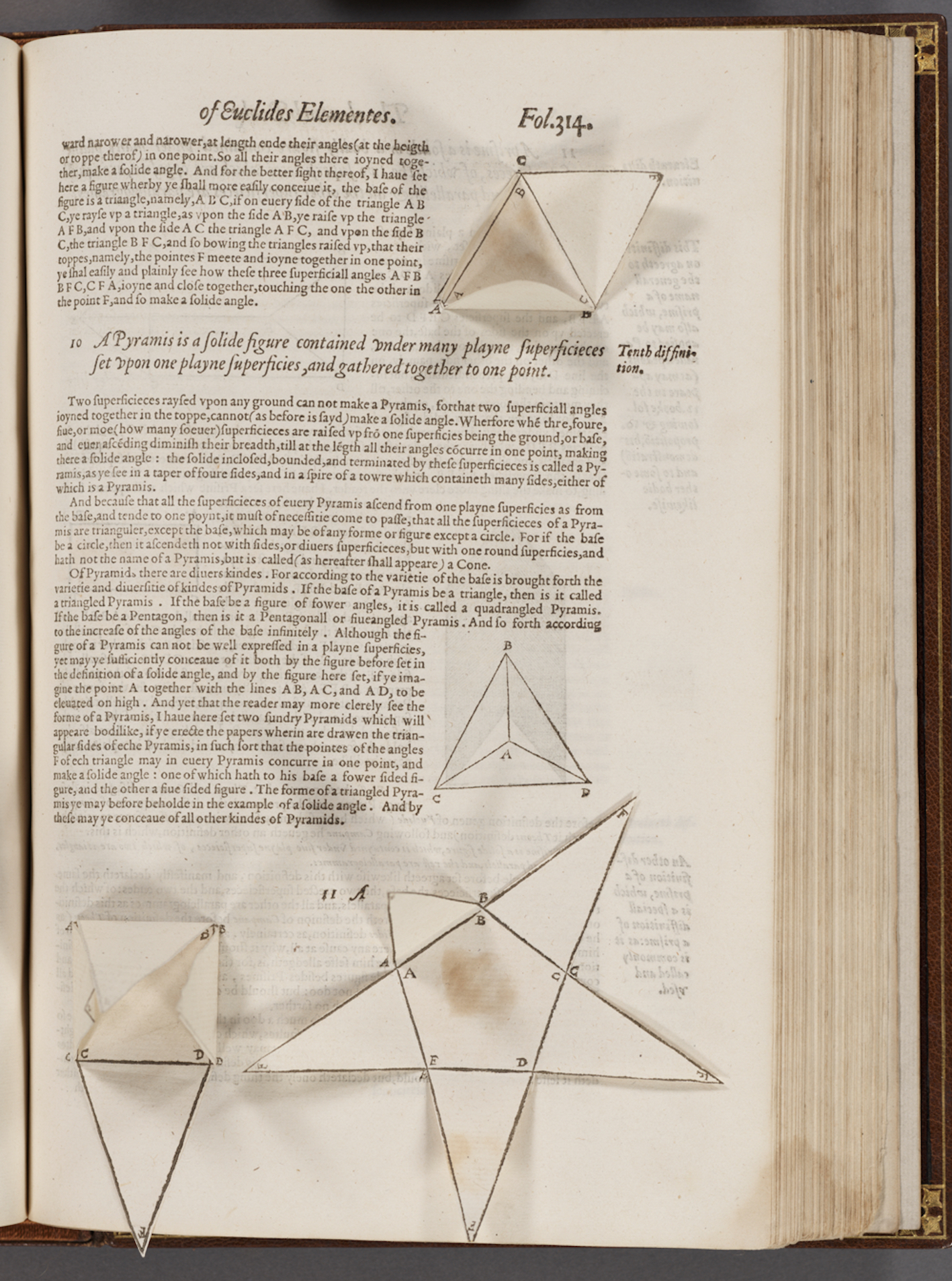
Over time, the various disciplines polarised around the devices which proved to be the most functional. In the field of astronomy, for instance, volvelles played undoubtedly the protagonist role. From the Latin verb volvere – meaning to turn – these apparatuses consist of rotating dials pinned one of top of the other, used to imitate the motions of revolutions of the stars or to calculate the positions of the sun, moon, planets and tides. Although composed by bi-dimensional layers, volvelles were intended as dynamic tools, which invited the users to transfer the movements occurring on the page to the celestial vault, making an extraordinary effort of imagination. One of the most sumptuous editions is Peter Apian’s Astronomicum Caesareum, printed by the same author – court astronomer to Emperor Charles V, to whom the book is dedicated – and containing more than twenty volvelles composed of multiple discs kept together by coloured threads.
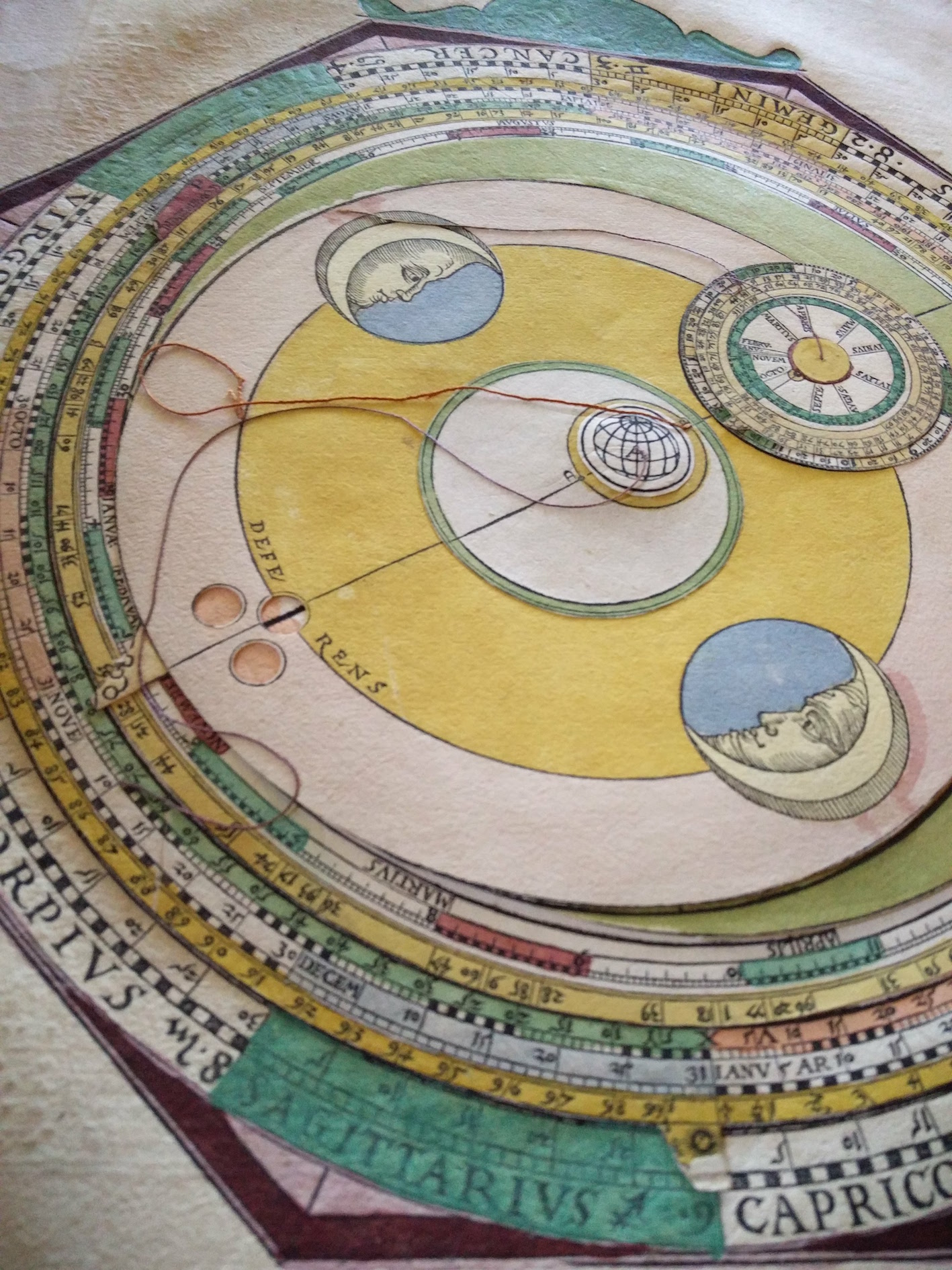
Volvelles were also added in re-issues of important works, like De Sphaera Mundi by Johannes de Sacrobosco (1195-1256), a classical text which saw more than 270 editions and reprints during the early modern period. The interactive devices complemented the text, and – with their simple and clear mechanisms – helped the readers to comprehend the mysteries of the cosmos.
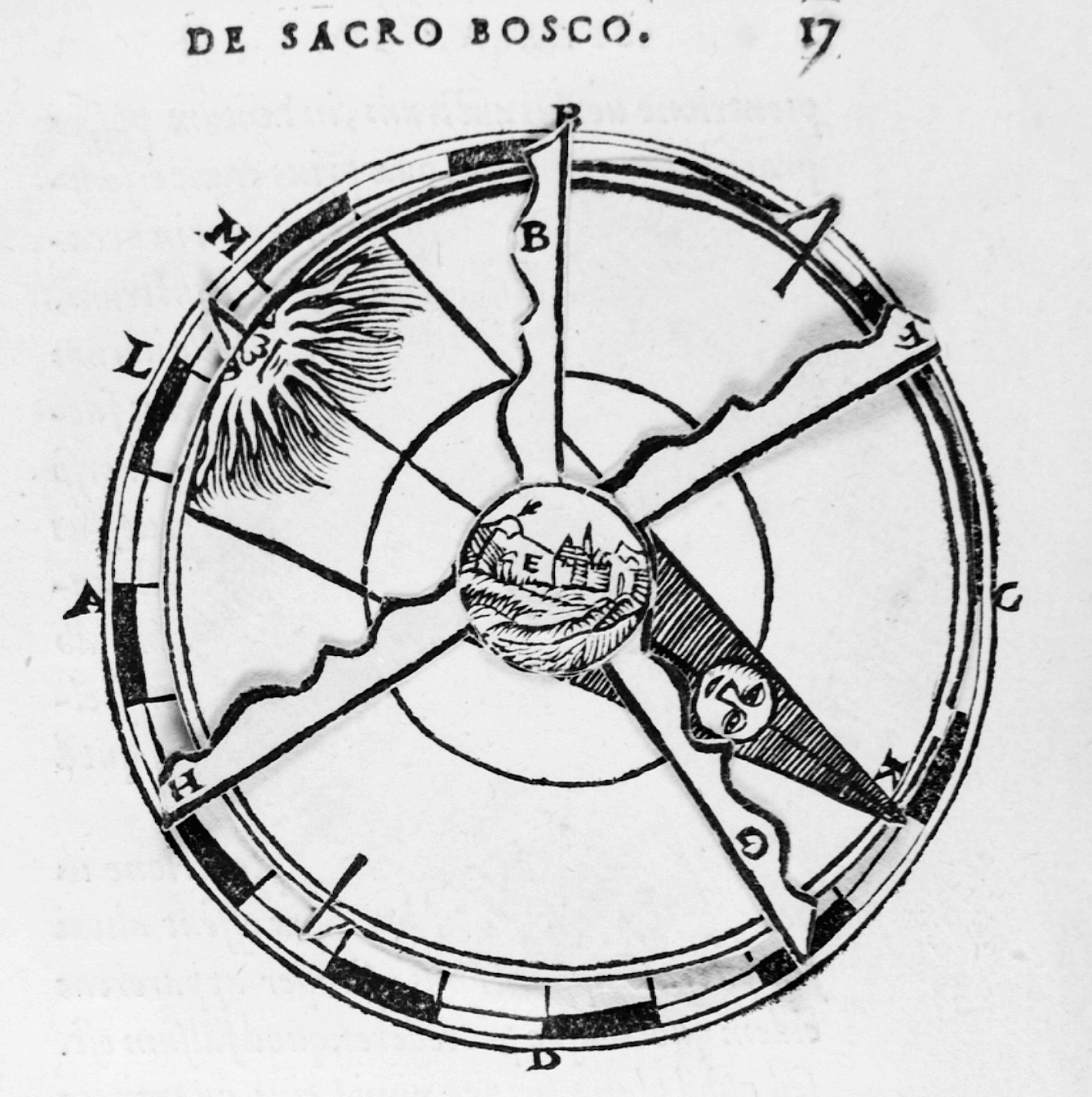
In the field of medicine, instead, movable flaps have traditionally been the favoured tools. Body dissection practices and organ removal were carried out and tested by the same authors of the books. Paper flaps imitated these practices, and helped the users to figuratively penetrate the organs and cavities of the human body. Perhaps the most famous example is constituted by the work of Andreas Vesalius, who in 1543 published in Venice his De humani corporis fabrica, also issued in the same year in Basel in a condensed version in bigger format, titled Epitome.
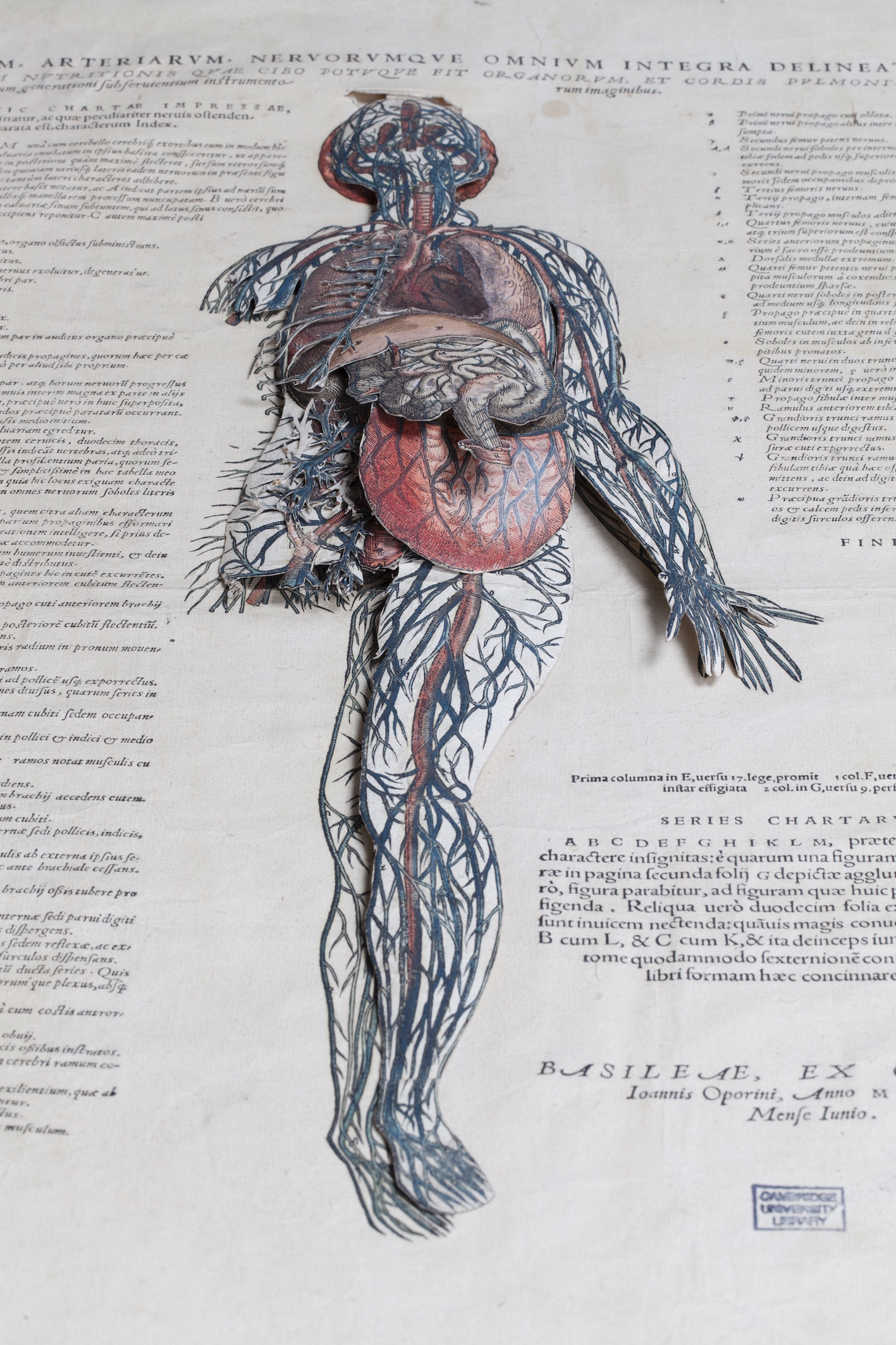
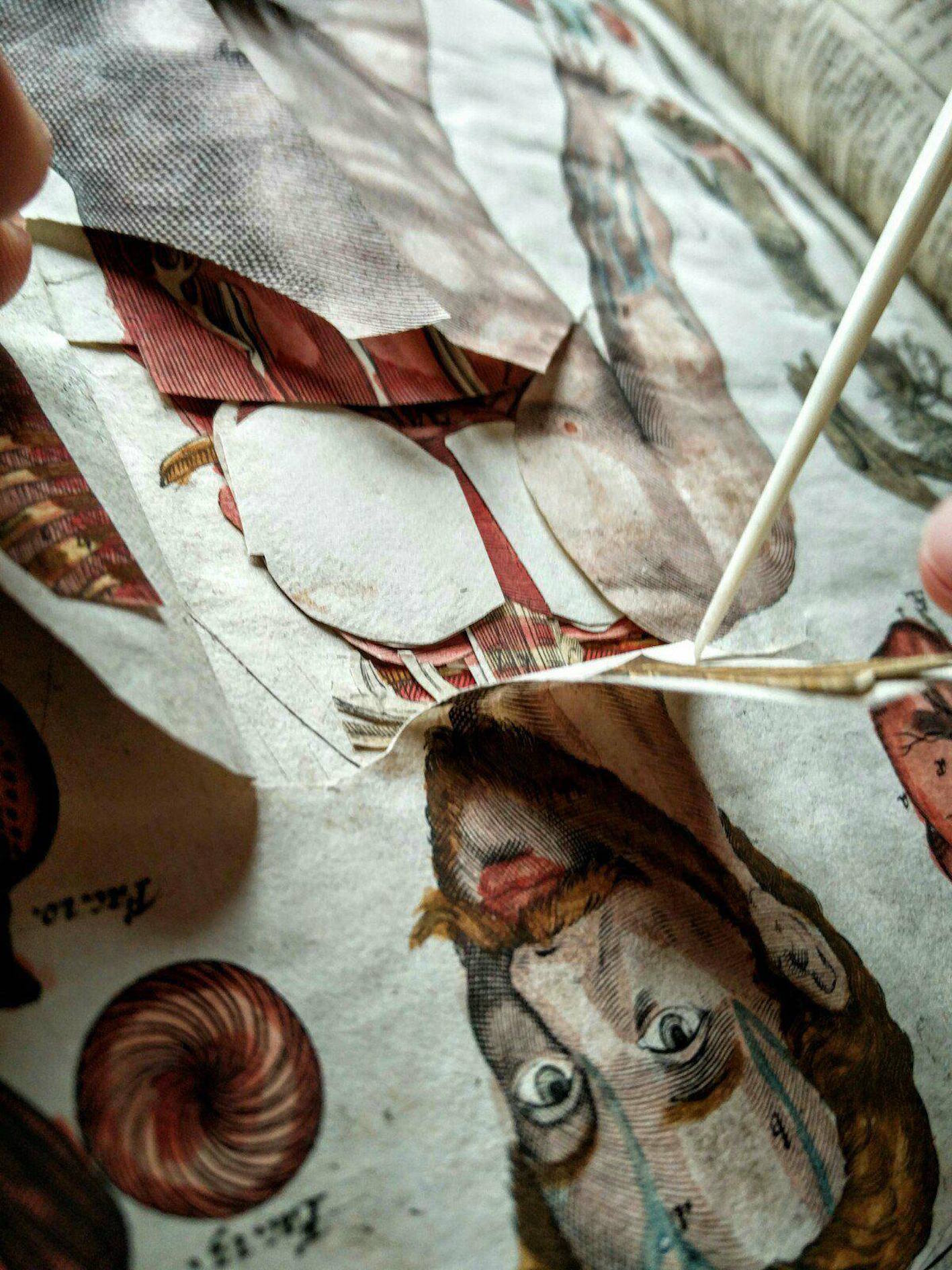
These were however expensive, semi-crafted practices, in countertrend to the industrialization of the printing process. In order to contain the costs, and to simplify the production, some editions presented the individual parts printed in different pages. The readers were invited to cut the various components and assemble them following the instructions provided along with the diagrams. A famous example is Andrea Vesalius’ above-mentioned Epitome, for which several copies with un-built manikin still survive. This edition was intended primarily as a teaching tool, and these interactive devices and practices, while on the one hand were economically more sustainable, on the other align the work with the modern idea of anatomical learning.
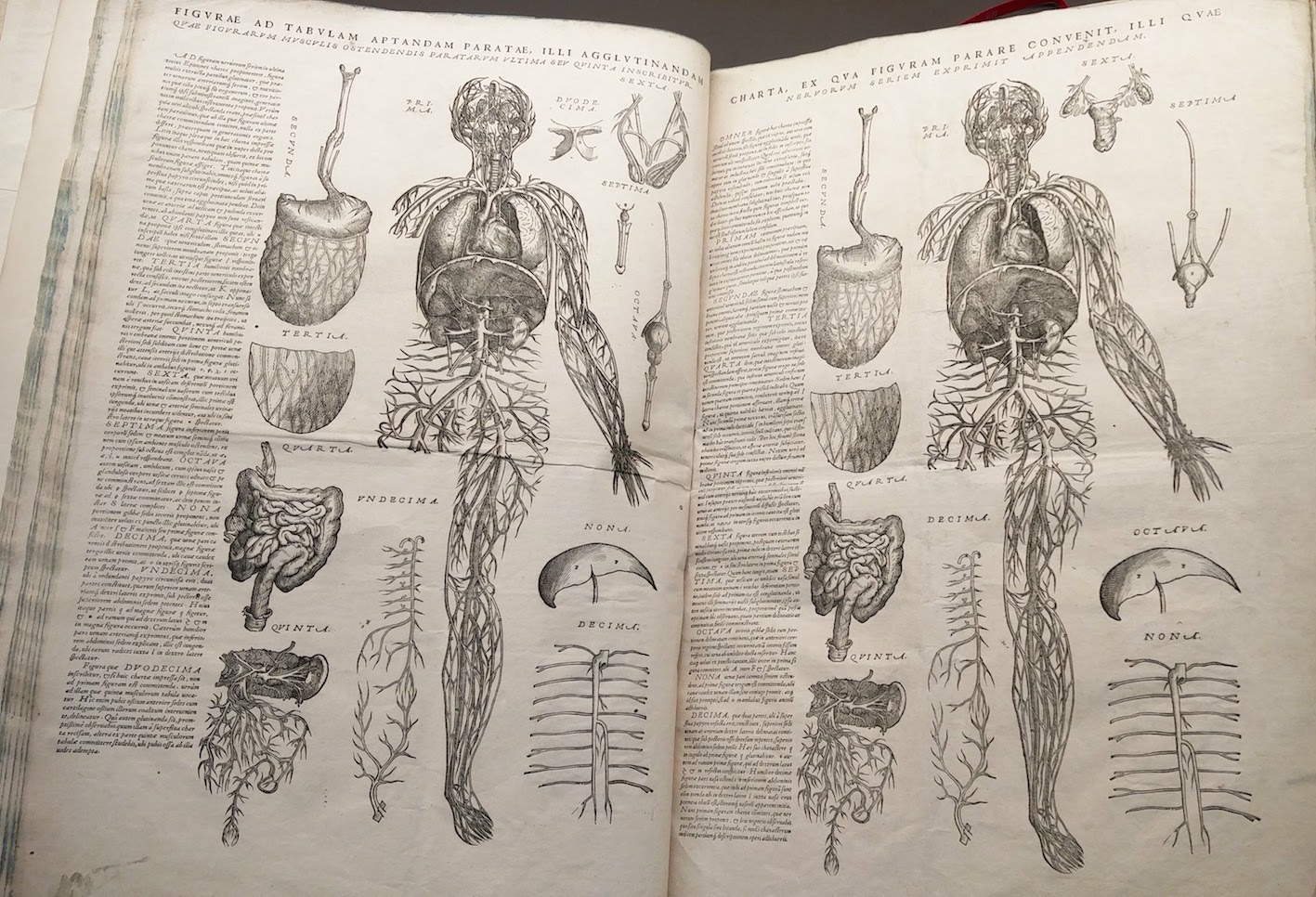
Although in some disciplines interactive devices continued to be employed in the seventeenth and eighteenth centuries – especially in the field of anatomy, in which extraordinary examples were produced also in the nineteenth and twentieth centuries – the fabrication of such expensive and labour-intensive items was progressively abandoned. They still survive today in children’s books, often with pedagogical intent, and in artistic products.
